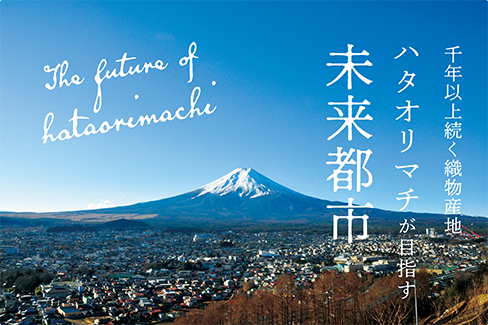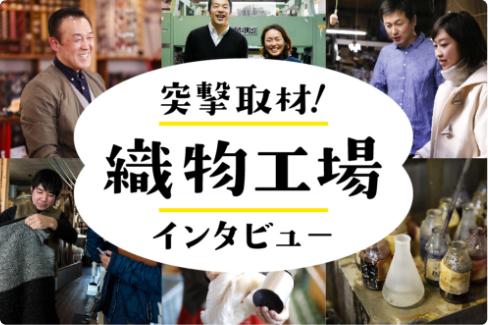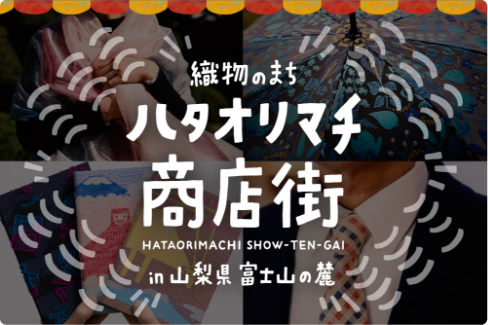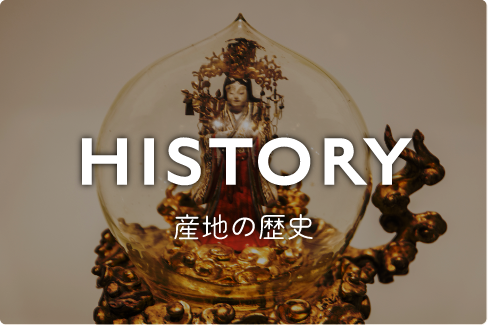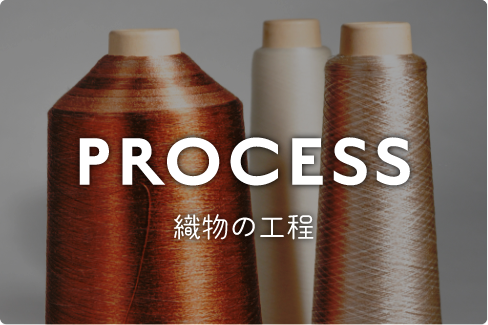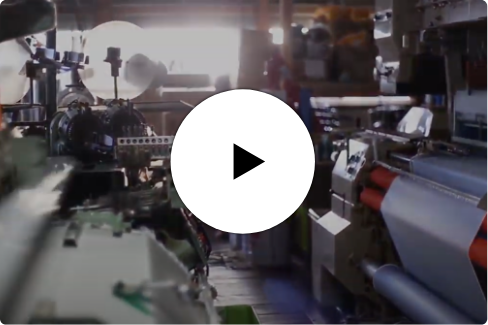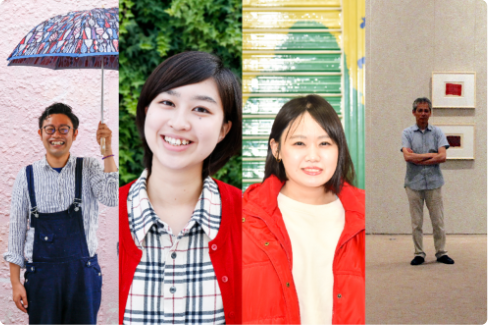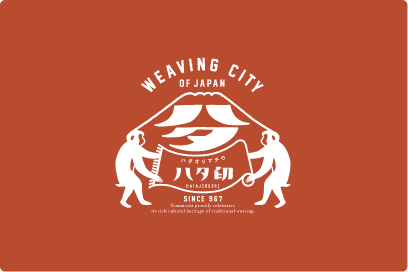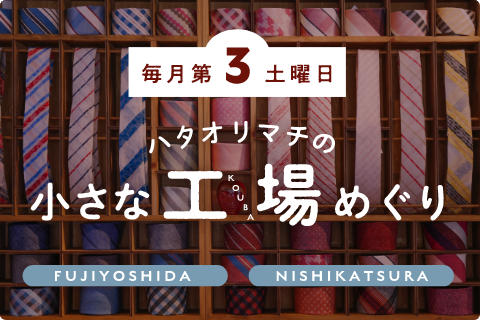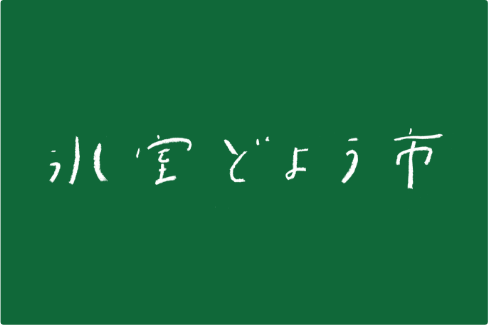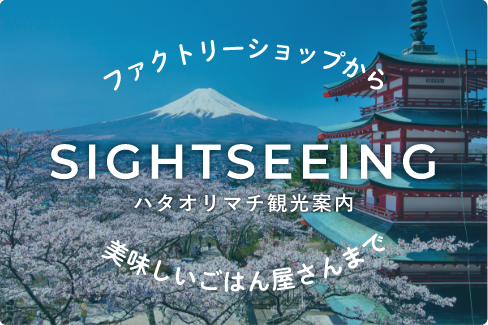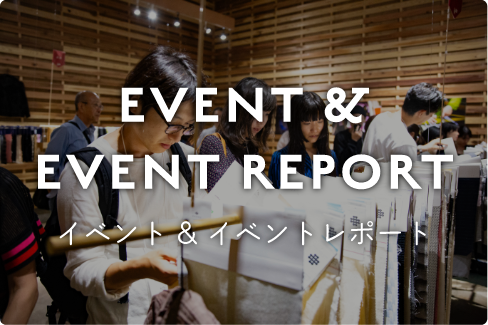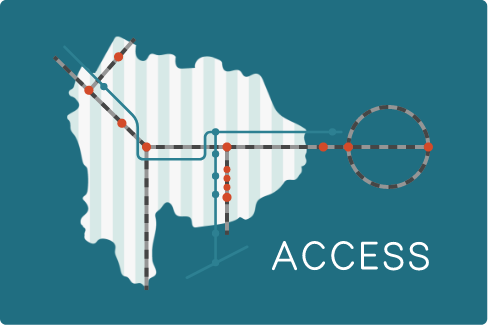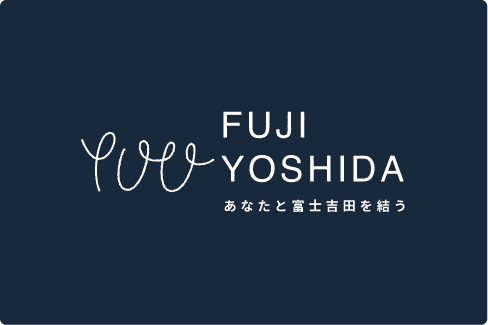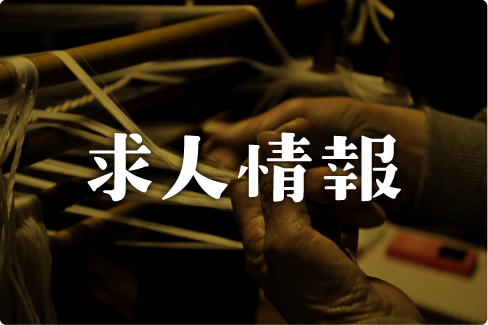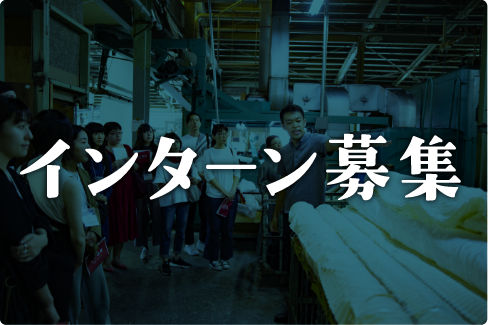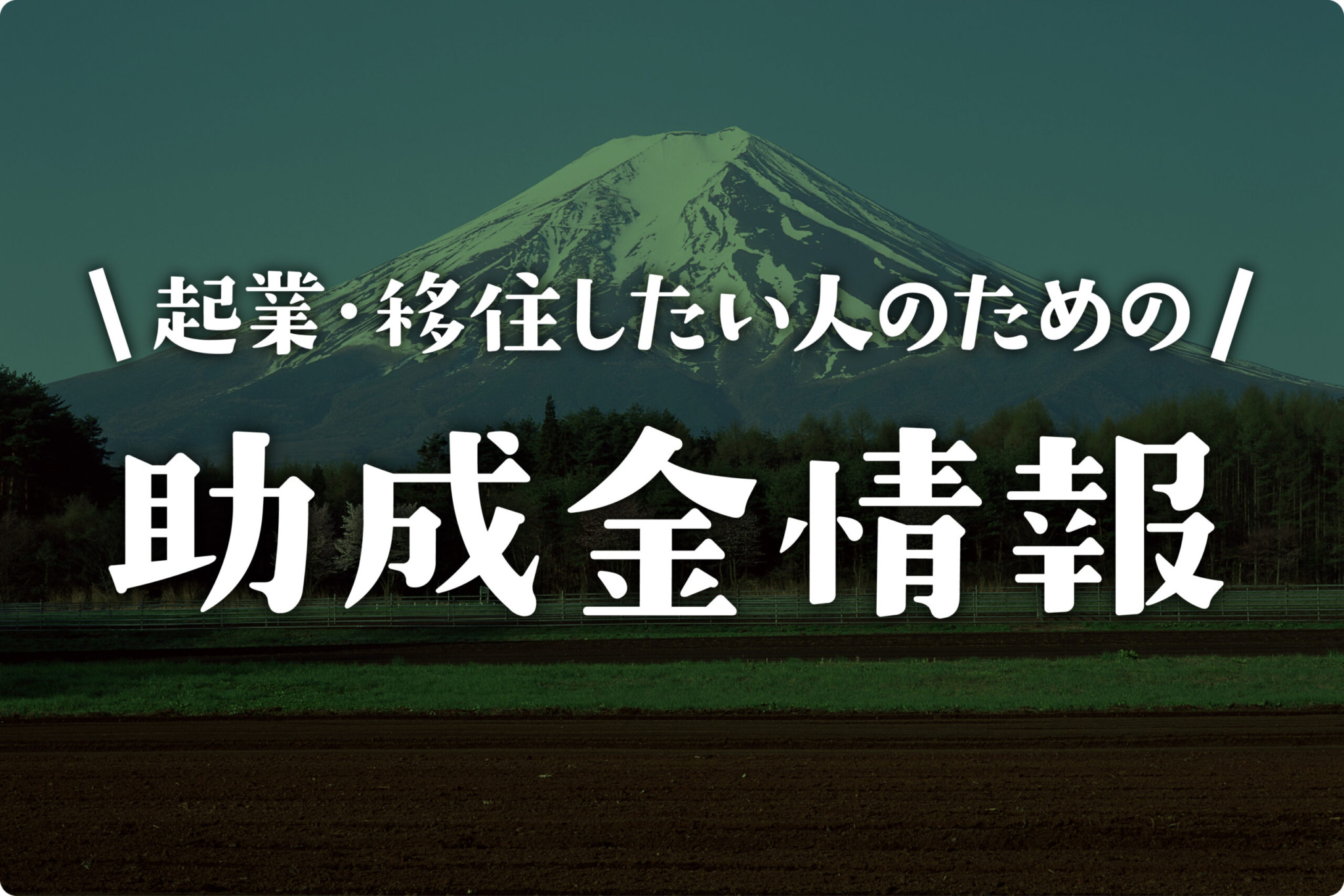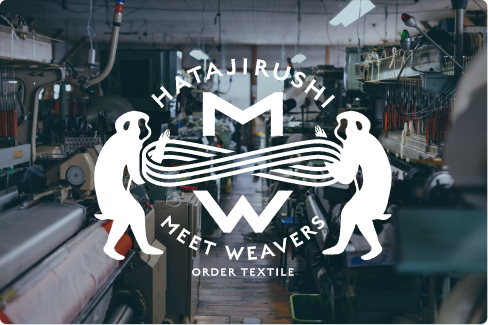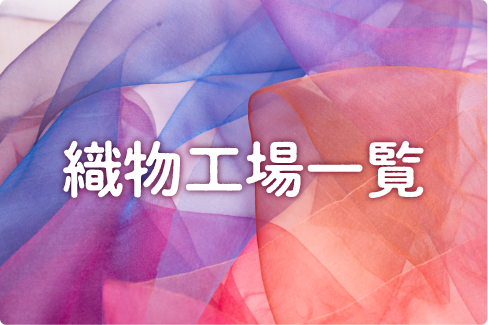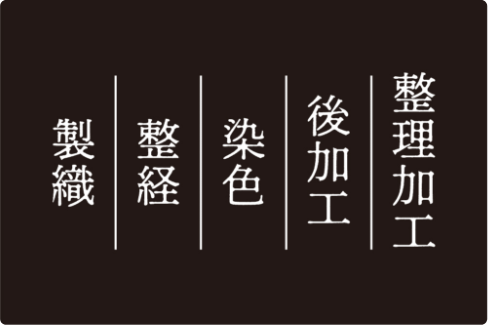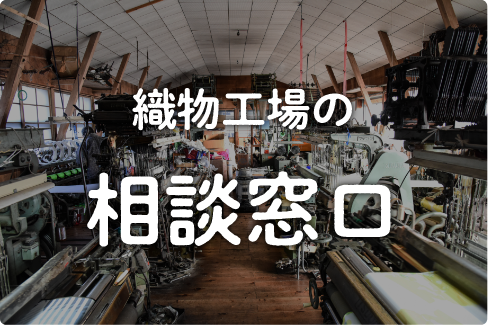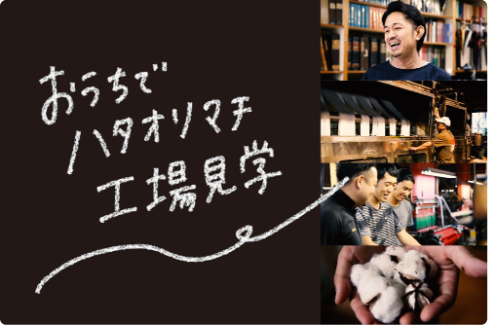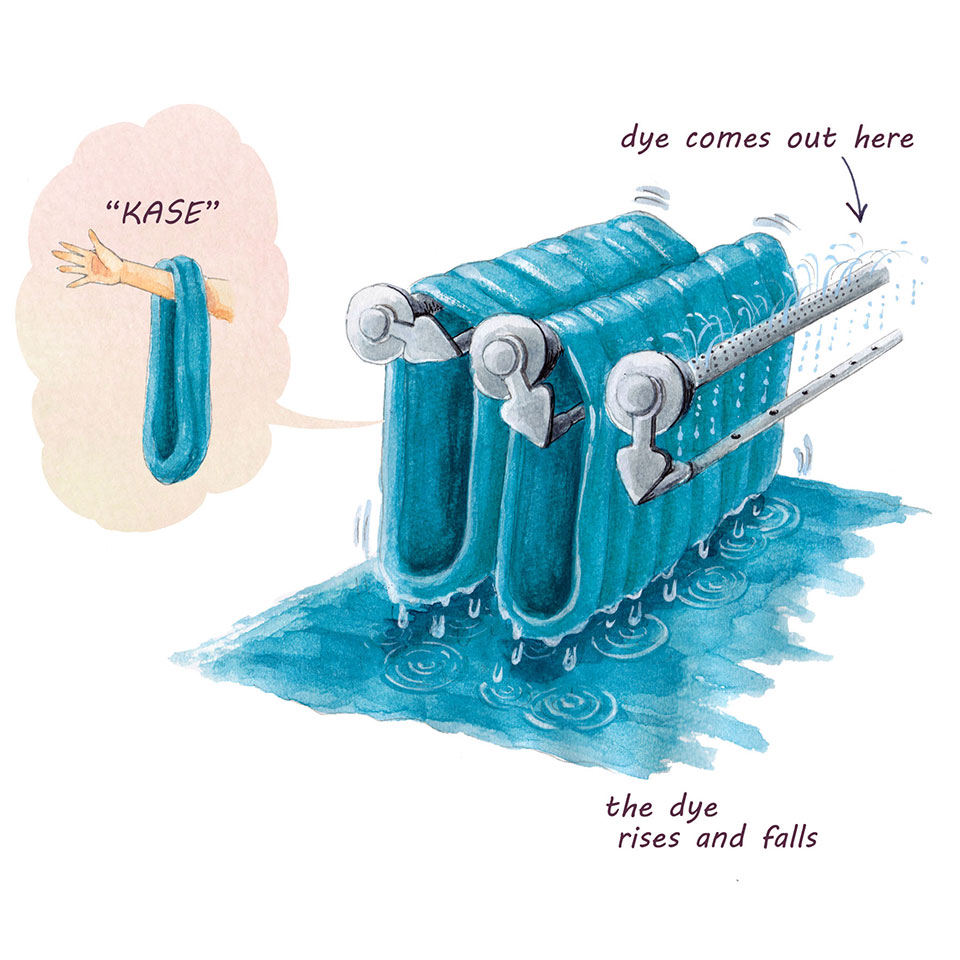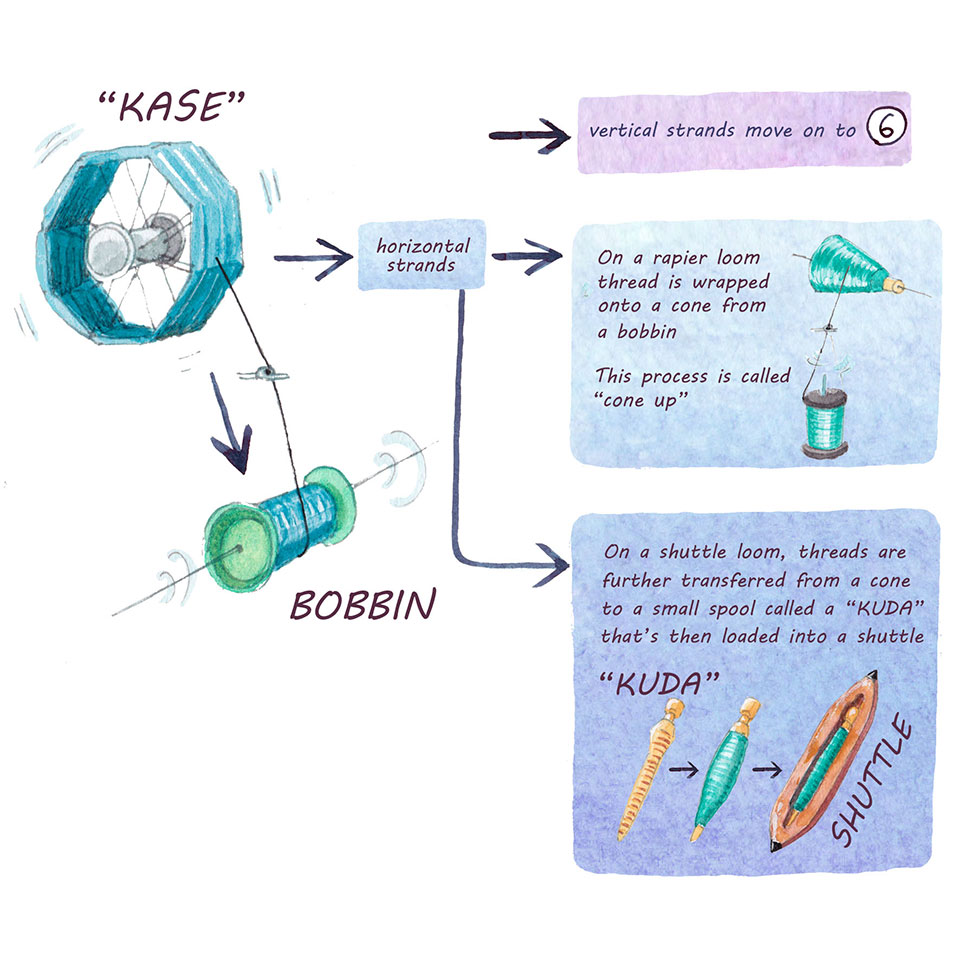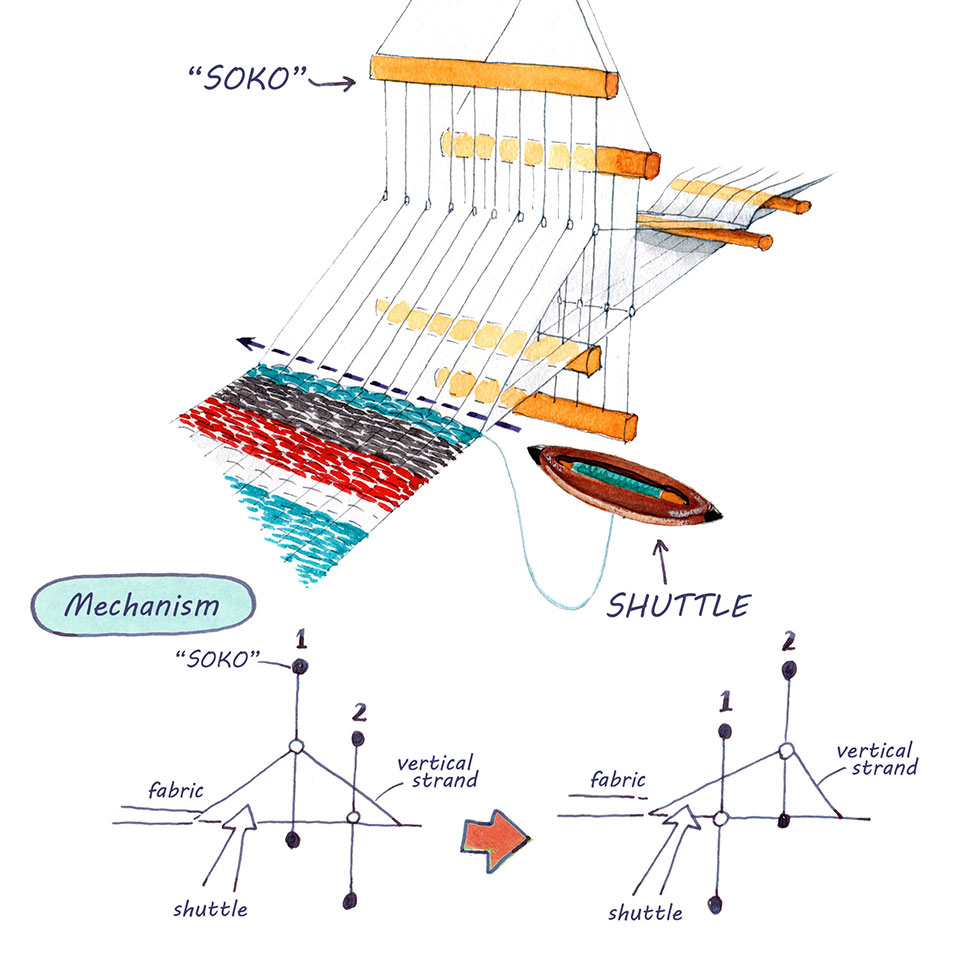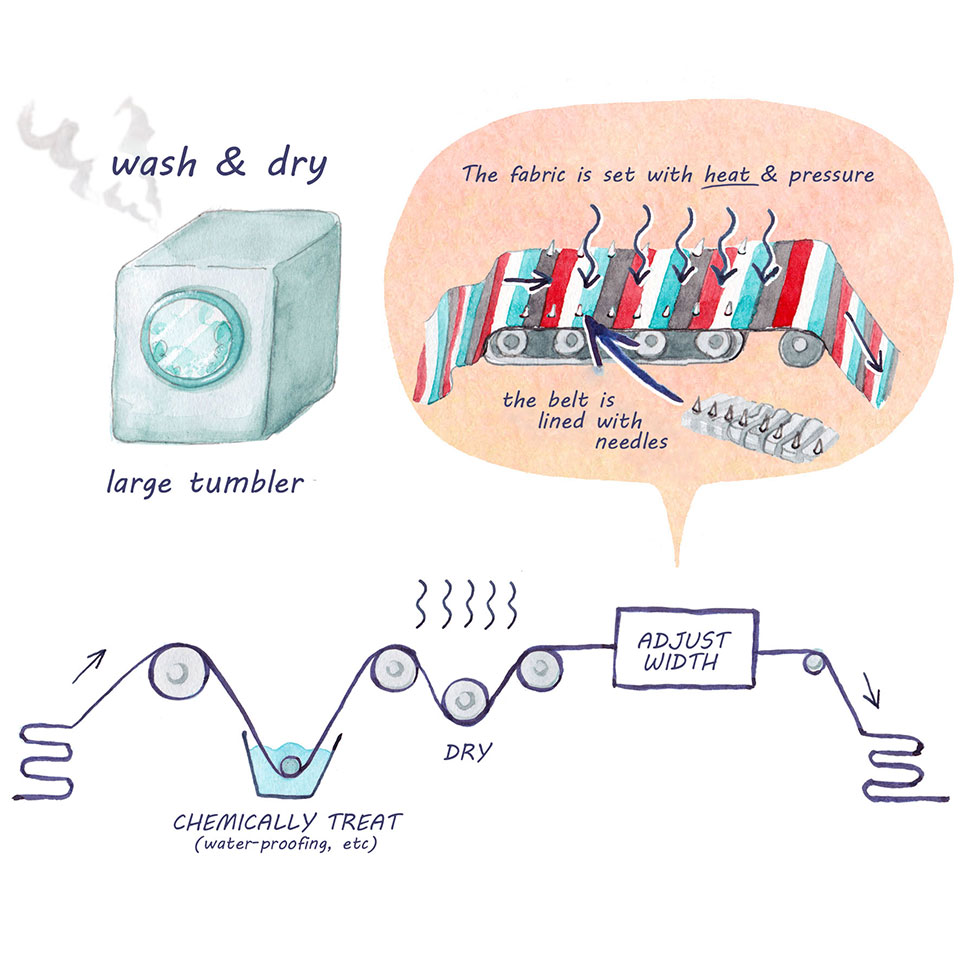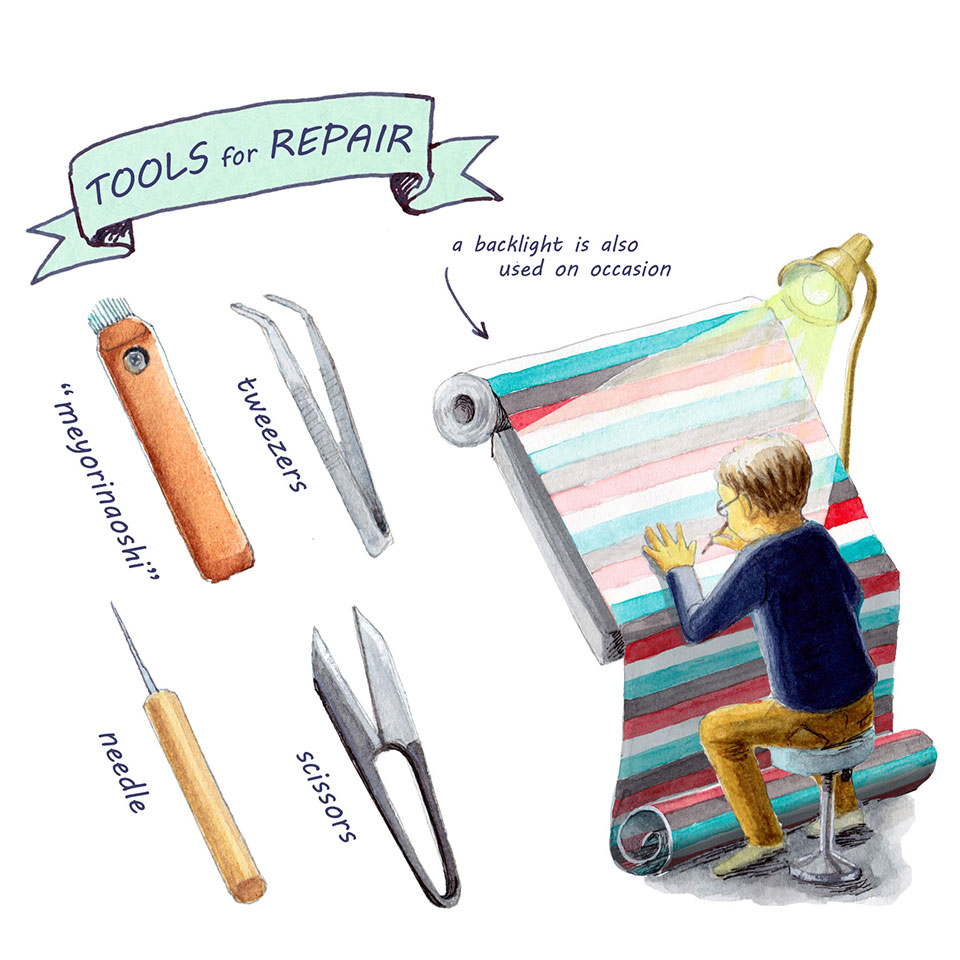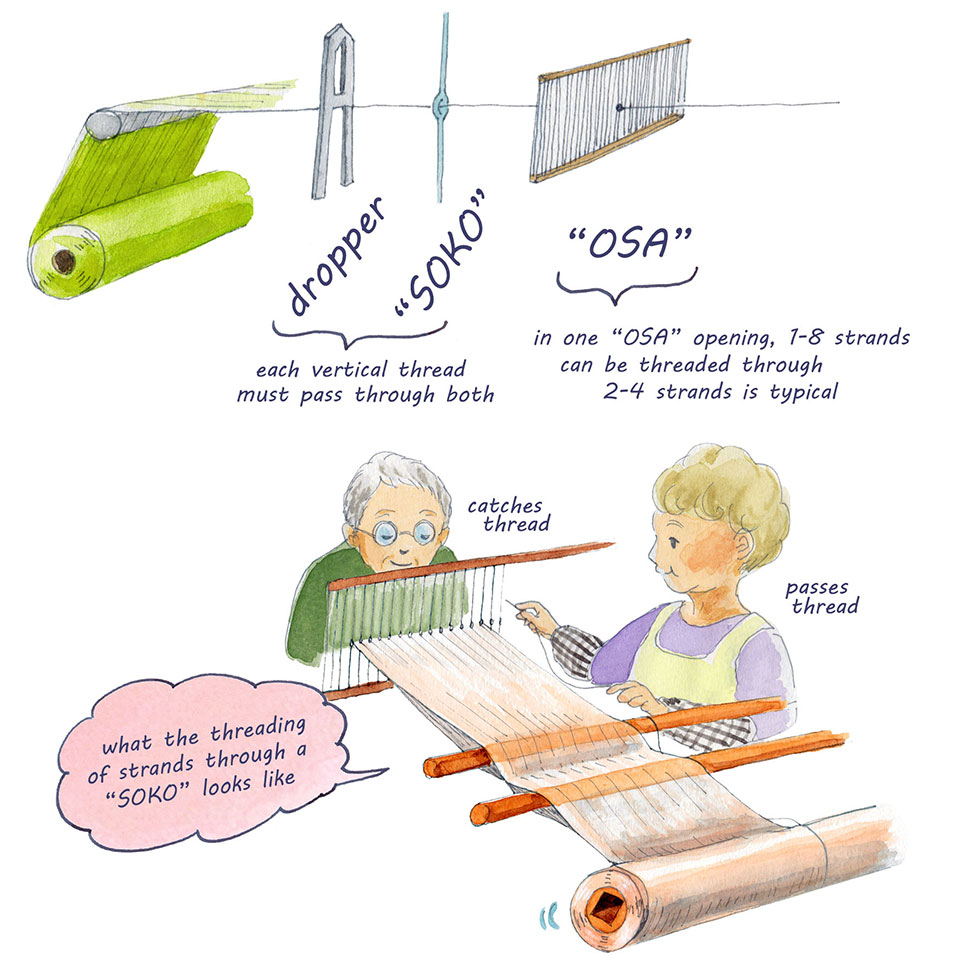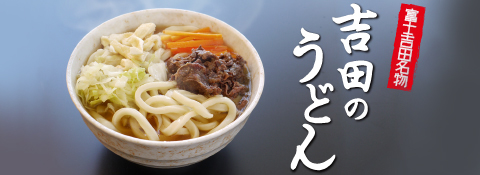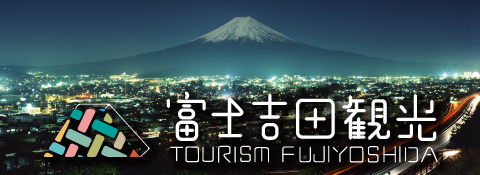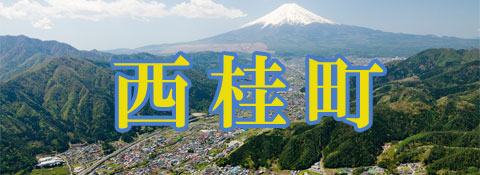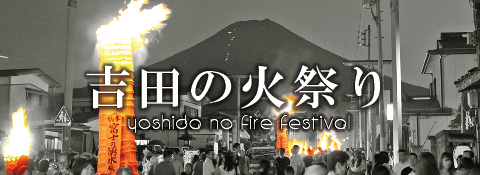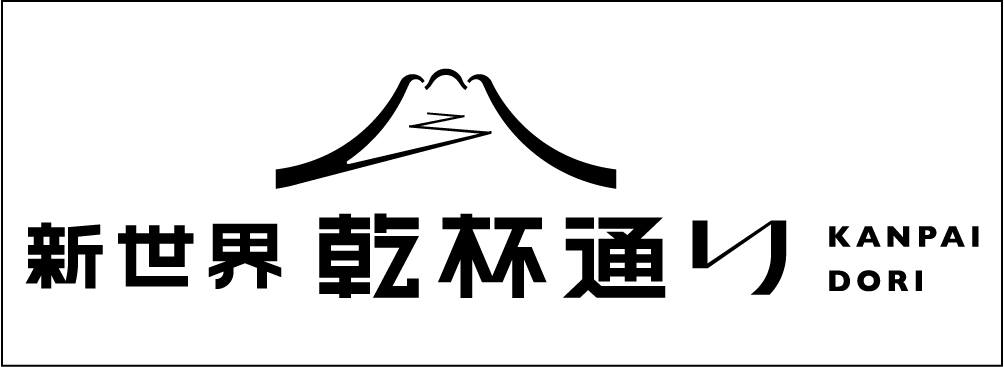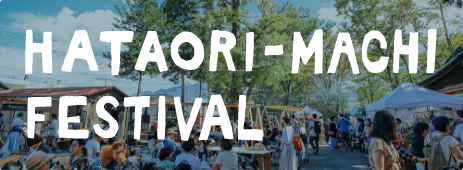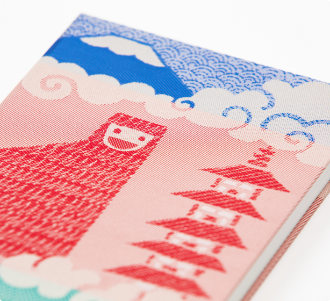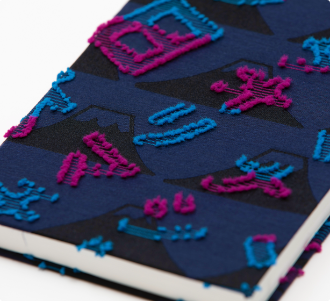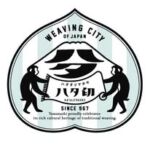Textiles are product of the combined efforts of numerous craftsmen
Yamanashi Textile Production Process
The Yamanashi Textile Industry has developed a system of production and division of labor based on the specialized knowledge and skills of numerous craftsmen in various materials and technology. Here we introduce the ways in which the various pieces of the production process come together to create our renowned textiles.
Please see each process until fabric is completed with weaving city of japan. Producer: Tatsuyasu Watanabe.
Stages of Textile Production
-
1.Planning & Design
This is the stage of production in which the design and function of the textile is determined. In this stage, various specifications are decided upon to determine the feel and function of the final product. Examples of specifications include the type and thickness of the thread, the density and compilation of the warp (vertical strands) and weft (horizontal strands), the number of times the thread will be spun prior to weaving, the width of weaving, the type of processing, etc.
-
2.Nenshi
The stage of production in which the threads that will be woven into the final product, either silk or wool threads, are spun the necessary number of times. By spinning, threads are reinforced and become firm. Increasing the number of times the thread is spun, produces a contractile quality to the thread. This is the important stage of production when the property of the thread itself is altered. This same process of spinning is also used to bind multiple threads to produce ply yarns.
-
3.Kaséagé
“kasé” refers to thread that has been condensed from its original length ranging from several hundred to several thousand meters and rolled into a donut-like bundle that measures about 40cm in diameter. Traditionally, the thread-dyeing process is done using these kasé bundles. Because following the nenshi stage of production the thread is wrapped on a bobbin, kaséagé is the necessary stage prior to dyeing when the thread is removed from the bobbins and bundled.
-
4.Dyeing
In the Yamanashi textile industry, the practice of dyeing thread prior to weaving is commonplace. In this stage of production, technology is used to ensure that colors truly match and that the dye does not bleed. Aside from the process of kasé bundle dyeing which is the gentlest method, there is also the “cheese dyeing” method, used in mass production, in which the thread is wrapped on a bobbin and then dyed.
-
5.Kurikaeshi
The stage of production in which the thread that has been dyed is once again wrapped onto a bobbin. Here, thread that will be used as vertical strands is sorted into necessary lengths and quantities (see step 6). Horizontal strands of thread undergo a different sorting process. In a rapier loom, the horizontal threads are wrapped onto cones. In a shuttle loom, the thread is further transferred from a cone to a small spool called a kuda which is then loaded into a shuttle.
-
6.Sorting and Prepping Vertical Threads
In this stage of production, vertical strand threads are sorted into quantity, density and length and wrapped on large spools called omaki. Because one bobbin holds only a single vertical thread, if 10,000 vertical threads are needed for the final product, by simple calculation 10,000 bobbins must be readied. However this is avoided by this process of sorting whereby threads from only several hundred bobbins are compiled into one large spool by repeatedly wrapping thread from the same several hundred bobbins dozens of times.
-
7.Yoritsuké
This is the stage of production when thread from one omaki spool runs out of thread and must be replaced, and new strands must be tied onto the old. One omaki has several thousand strands of thread, thus tying them together in the correct order, uniformly and securely, requires a tremendous amount of precision and skill. In the olden days this process was done by hand, but recent technology has led to the development of a specialized tying machine.
-
8.Mon-ishō
In textile weaving, the technique of manipulating the crisscrossing of vertical and horizontal strands to produce intricate patterns on fabric is called a jacquard weave. In this stage of production, the composition of vertical and horizontal strands is mapped out to create a desired pattern then translated into data and fed to the loom.
-
9.Weaving
This is the stage of production when horizontal strands are passed through vertical strands on the loom. Each time a horizontal strand is passed through, the vertical strands are split to create another opening through which the horizontal strand is passed again. The repetition of this process is what transforms thread into fabric. The way in which these openings are created in the vertical strands determines whether a dobby loom, used for plain and simple checkered patterns, or a jacquard loom, used for more complex patterns, is used.
-
10.Sorting
Completed fabrics fresh off of the loom are called a kibata. Kibata are washed, pressed, and the width is adjusted by sorting machinery prior to being shipped out. The sorting factory serves several functions besides basic sorting. Fabrics are processed in various ways not only to ensure functionality, but also to control texture through creasing and napping processes.
-
11.Kentan
Kentan is the stage of production in which fabrics are inspected for flaws and stains. Repairs may be made during the inspection depending on the type of flaw or stain. Because even the most minor flaws and stains can lead to complications, one fabric may be inspected up to 4 times on each side for a total of 8 times. It is the craftmens’ critical eye and meticulous handiwork that protects the quality of each product.
Essential Roles in the Production Process
-
Thread Vendors
The Yamanashi textile industry produces numerous types of textiles including curtain fabrics, necktie fabrics and clothing fabrics. Production of such a wide range of orders necessitates a countless variety of threads of various lengths and varying thicknesses, made of various materials like silk, polyester, cotton, and cupra. It is the work of the thread vendors to supply factories with these threads efficiently.
-
Tsurikomi
In a jacquard weave, each individual vertical strand is manipulated to create intricate patterns. The string responsible for manipulating these strands, very much in the same way a puppeteer manipulates the movements of a marionette, is called a tsuuji-ito. The craftsman charged with the task of setting this tsuuji-ito which controls the movements of the several thousand vertical strands within the loom specializes in this specific task.
-
Hikikomi & Osanuki
On each loom there are several mechanisms that allow each horizontal strand to be woven into the several thousand vertical strands. A complex system of passages exists to allow each horizontal strand to pass through. One strand must first be strung through a small hole in the sōkō which is the portion of the loom that is responsible creating a passageway by lifting the vertical strands. This small hole is called an ayame. From here, the strand must be passed through the dropper, the part of the loom that is responsible for signaling when the thread has run out. Finally it must pass through a small opening in the osa or reed. To start the weaving process from zero requires hikikomi, the meticulous work of passing the horizontal strands through all of these various mechanisms.
-
Hataya-banshō
The craftsmen who specialize in the assembly and repair of looms are called hataya-banshō. Many of the looms used in the Yamanashi textile industry are old and their original manufacturers cannot be relied upon for repairs and the replacement of parts. Hataya-banshō are not only relied upon for their expertise in repairs, but are also essential to the industry for their specialized knowledge and skillset. They have the ability to remodel looms to suit specialized weaving styles and can fine tune the loom throughout its lifespan from the assembling of parts to full-on operation.
ハタオリのこと
-

歴史
1000年以上も前から織り続けられてきたハタオリマチの歴史を紐解いていきます。
-
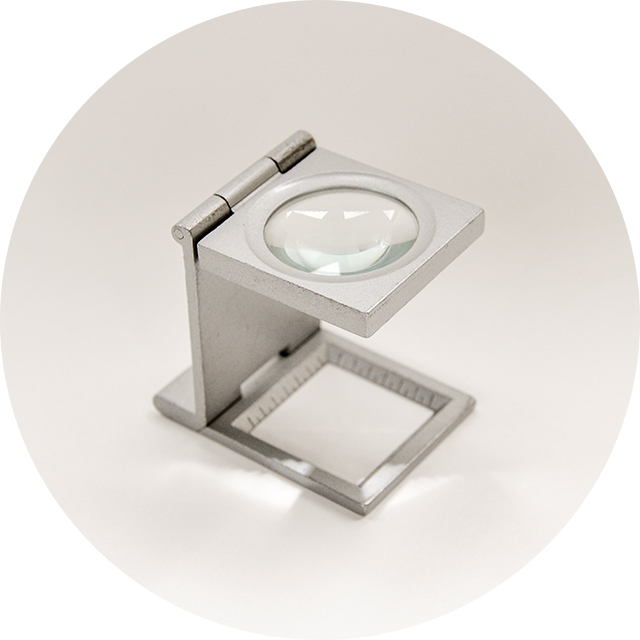
特徴
先染め・細番手・高密度・小ロット・多品種の織物を製造しています。
-
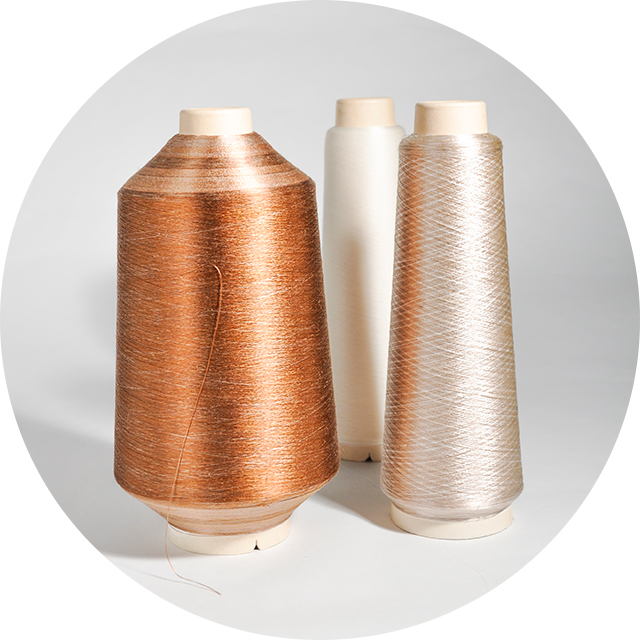
工程
糸を紡ぐ工程から後加工に至るまで、多くの職人が手を取り合い生産されています。
富士吉田市・西桂町までのアクセス
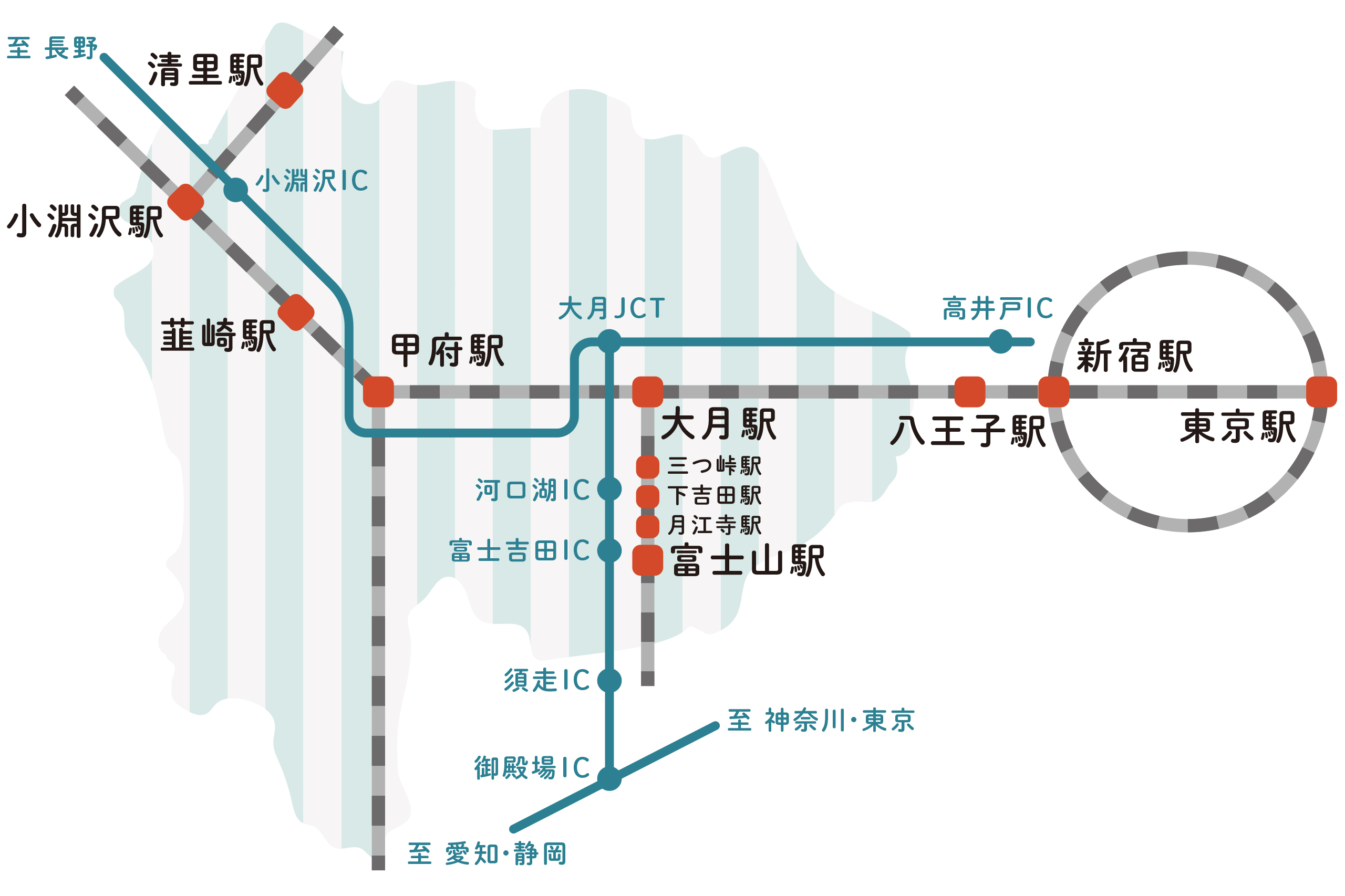
-
東京から電車
富士吉田市へ
新宿駅-(JR中央本線1時間40分、特急60分)-大月駅-(富士急行線50分)-「富士山駅」「月江寺駅」「下吉田駅」
西桂町へ
新宿駅-(JR中央本線1時間40分、特急60分)-大月駅-(富士急行線35分)-「三つ峠駅」東京から高速バス
富士吉田市へ
バスタ新宿-(中央高速バス【新宿~富士五湖線】1時間45分)-「中央道下吉田バス停」または「富士山駅バス停」
西桂町へ
バスタ新宿-(中央高速バス【新宿~富士五湖線】1時間40分)-「中央道西桂バス停」東京から車
富士吉田市へ
東京-(中央自動車道90分)-河口湖IC
東京-(東名高速道路90分)-御殿場IC-(国道138号山中湖方面20分)須走IC(東富士五湖道路25分)-富士吉田IC
西桂町へ
東京-(中央自動車道80分)-都留IC-国道139号線富士吉田方面20分

